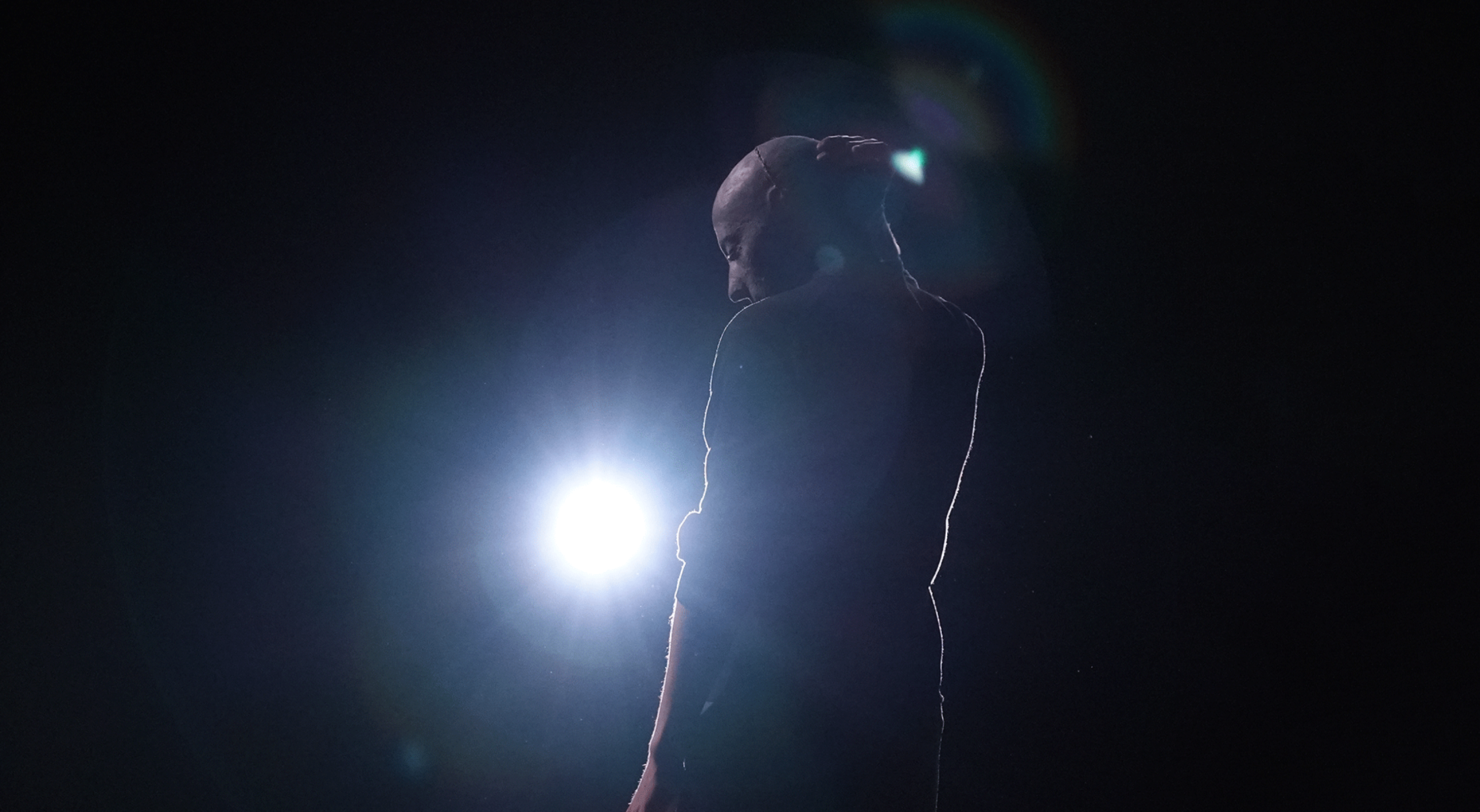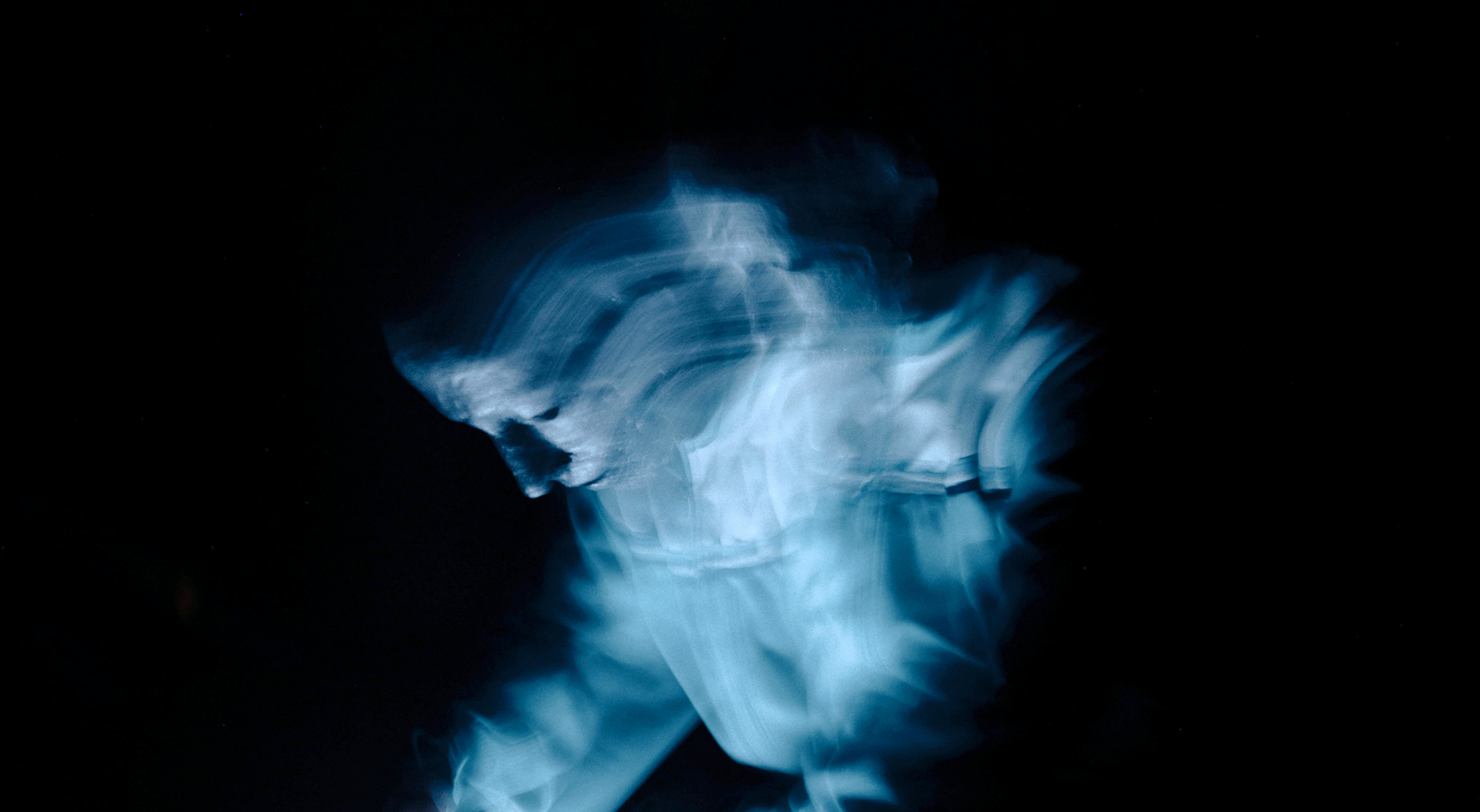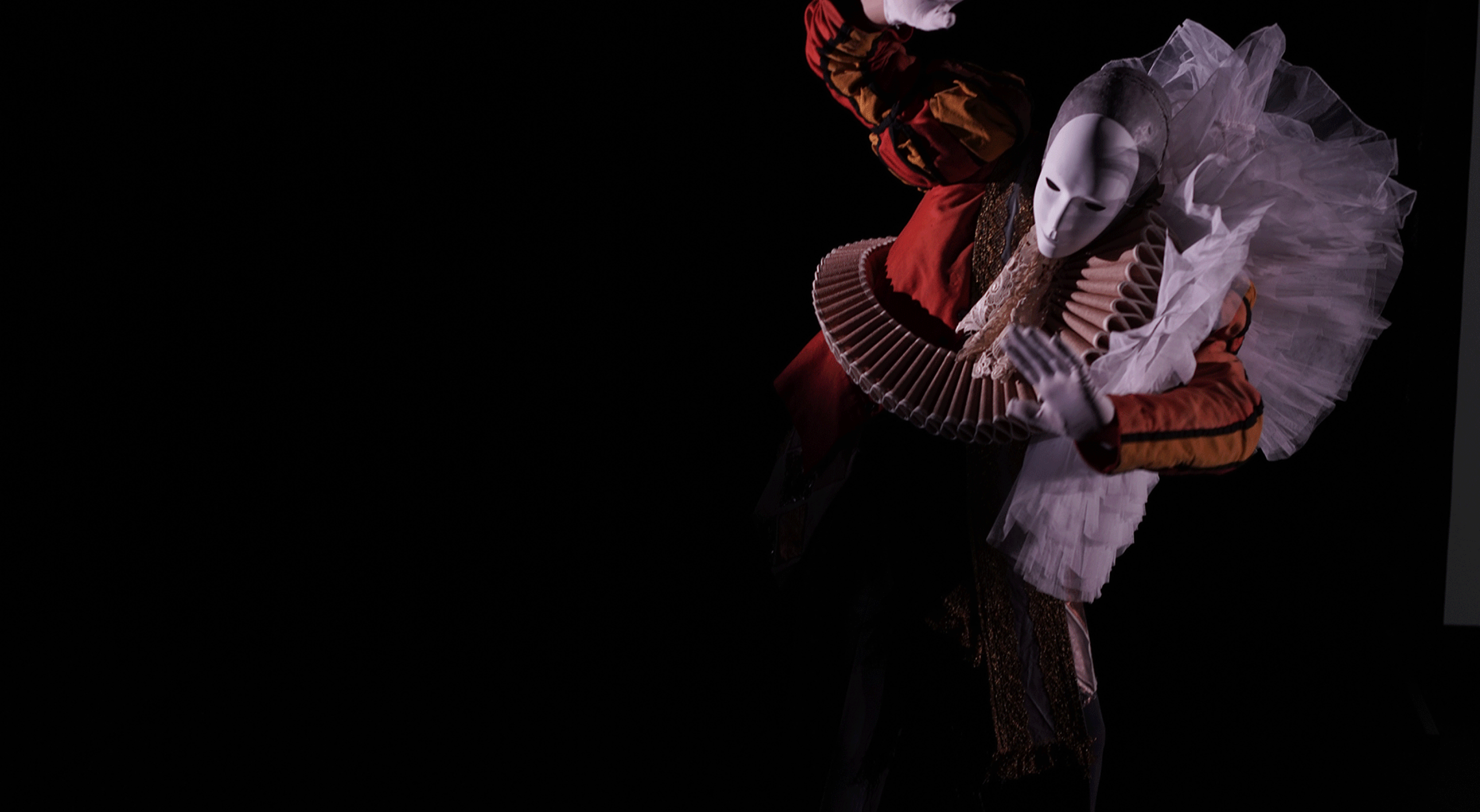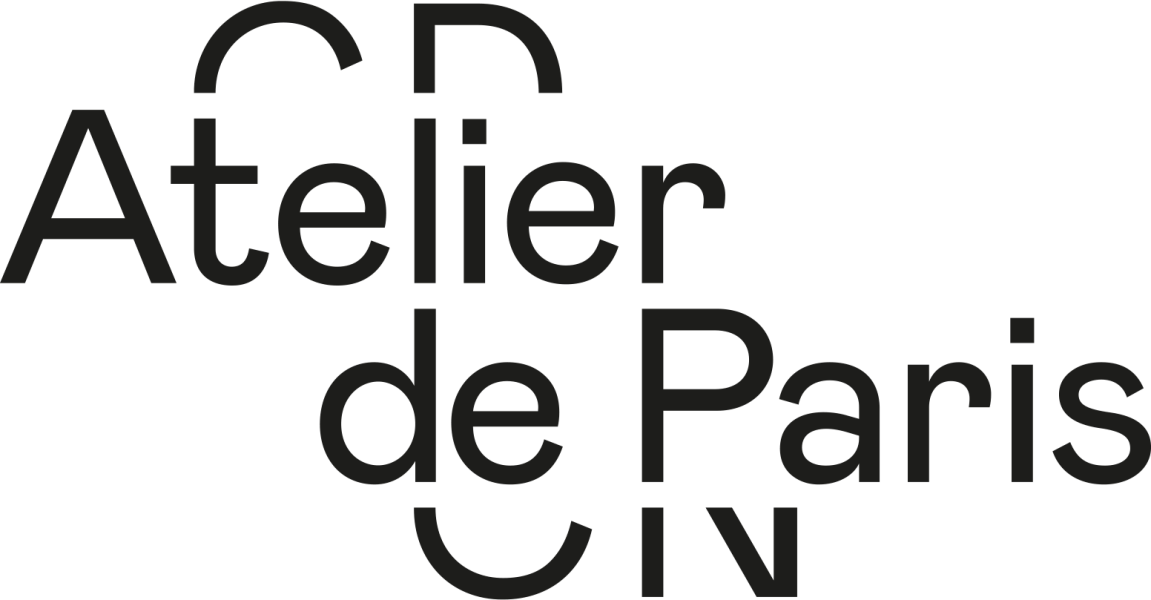Vincent Thomasset
Transversari
novembernov 9 – 11
januaryjan 11 – 14
Concept, direction, text, Vincent Thomasset
Performed and in collaboration with, Lorenzo De Angelis
Sound design, Pierre Boscheron
Lighting design, Vincent Loubière
Video design, Baptiste Klein, Yann Philippe
Stage design, Marine Brosse
Costumes, Colombe Lauriot-Prévost
Mask construction, Etienne Bideau-Rey
Outside eye, Ilanit Illouz
Stage and light manager, Lucas Baccini
Assistant director, Glenn Kerbiquet
Production, diffusion, administration, Clara Achache (with Marie Ponçon)
A production by Laars & Co
A coproduction by Centre Chorégraphique National de Caen en Normandie dans le cadre de l’Accueil-studio, Scène Nationale d’Orléans, Ballet de Lorraine - Centre Chorégraphique National, Théâtre Bretigny scène conventionnée arts & humanités, Cndc-Angers, CCN2 - Centre Chorégraphique National de Grenoble, Atelier de Paris / CDCN, POC-Alfortville, Festival d’Automne à Paris.
This show is produced in association with Atelier de Paris / CDCN, Carreau du Temple and Festival d’Automne à Paris.
The association Laars & Co is supported by the Culture and communication ministry, DRAC Ile-de-France with l’aide à la structuration aux compagnies chorégraphiques and by the département du Val-de- Marne with l’aide au développement artistique.
With support from la Région Ile-de-France.
With support from Montevideo - Marseille, La Place de la Danse – CDCN Toulouse / Occitanie, soutien en résidence de création de la vie brève - Théâtre de l’Aquarium
Thanks, Baturalp Aslan, Clémence Coconnier, Jacquelyn Elder, Garance Maillot, Lisa Notarangelo, Julie Pellegrin, Anne Steffens, Oscar Thomasset-Illouz
Vincent Thomasset has bestowed upon his dancer-collaborator Lorenzo De Angelis the task of embodying the figure of man at a standstill. It places movement at the heart of a process of reappropriation of our bodies and our desires, via the incorporation of images which surround us, thereby enabling the individual to overcome them.
At the crossroads between the codes of theatre and dance, Vincent Thomasset observes, on the one hand, our relationship with images – a relationship which is an often unconscious and sometimes addictive one – and on the other hand, man's relation with the dictates of gender attributed to him. The hikikomori, a phenomenon identitified in Japan, builds up a link between these two subject matters. It centers on the psycho-social reality of those individuals, mainly men, who live cut off from the world, sheltered behind their screens, a situation which a profound inadaptation to the standards of masculinity can predispose them to. Lorenzo De Angelis brings us a sensitive exploration of the frontiers which separate the spectator-body from that of the performer-body. He alternates between the onlooker and he or she that we observe as they traverse that which, prior to this, might have traversed them. Through movement, these two body-states take care of and answer each other, reconstituting, in an infinitely delicate manner, the layers of sediment deposited there, to the extent of destitution.
In the same place




